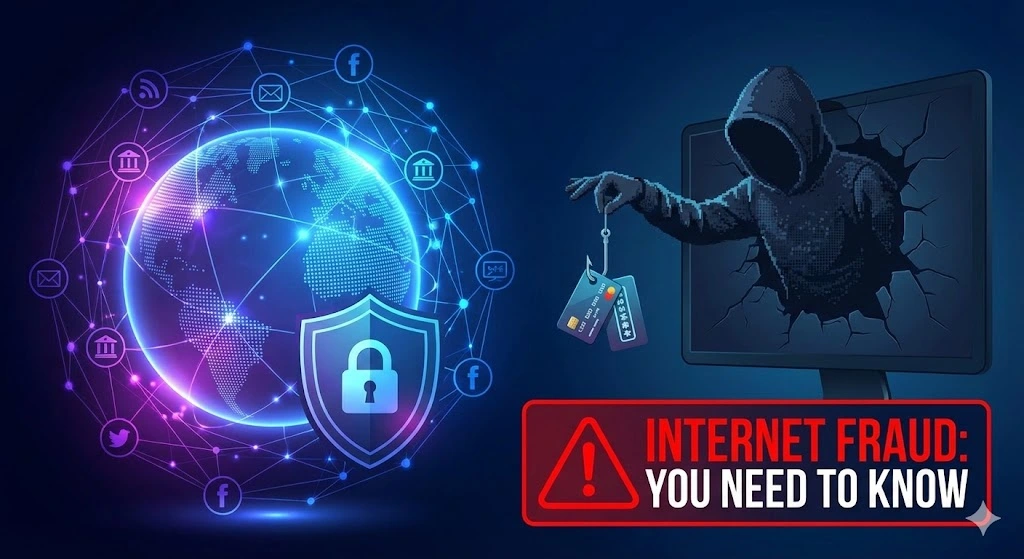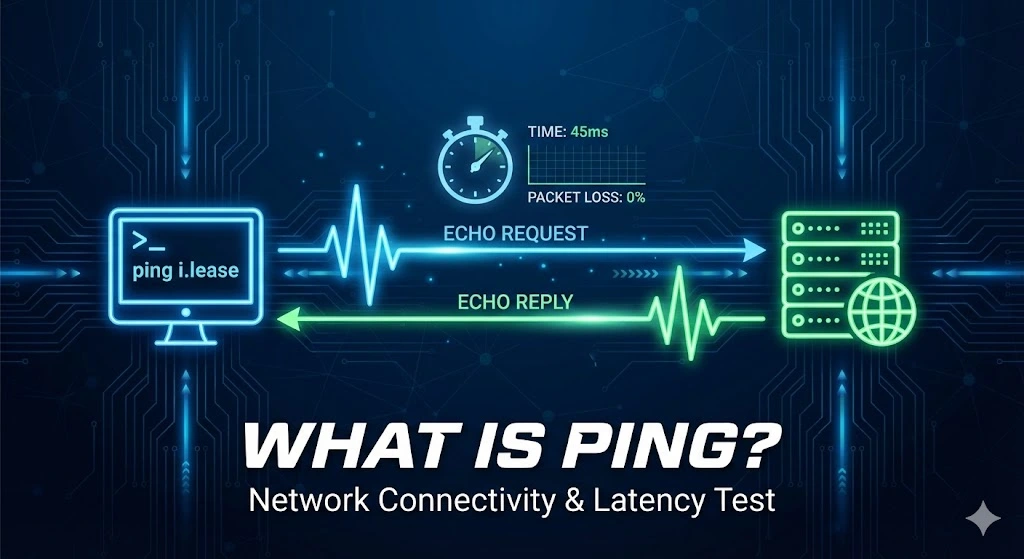Blog

Internet fraud refers to the use of the Internet to deceive individuals or organizations for personal or financial gain. With the rise of e-commerce, online banking, and digital communication, internet fraud has become a global issue. It encompasses a wide range of deceptive practices, from identity theft and phishing scams
Go ahead

11September
What is IP Forwarding?
IP forwarding is the process by which a network device, such as a router, forwards or relays IP (Internet Protocol) packets from one network to another. It enables communication between different network segments by directing data packets to their appropriate destination IP addresses. When a device forwards packets that are
Go ahead

05September
What is Ping?
Ping is a network diagnostic tool used to test the connection between your device and another on a network, typically the Internet. It is named after the sound made by sonar in submarines, where a signal is sent out, and the echo is awaited. In networking terms, it sends out
Go ahead
As the digital economy expands, businesses and service providers require more IP addresses to support their operations. However, acquiring these valuable resources isn’t as straightforward as it may seem. This is where IP address brokers play a crucial role, acting as intermediaries who facilitate transactions, ensure legal compliance, and provide
Go ahead
Cybersecurity is a top priority for individuals and organizations alike. Protecting networks and systems from unauthorized access is crucial as cyber threats evolve. One of the most fundamental tools for achieving this protection is a firewall. This article explores what a firewall is, how it works, and the different types
Go ahead
